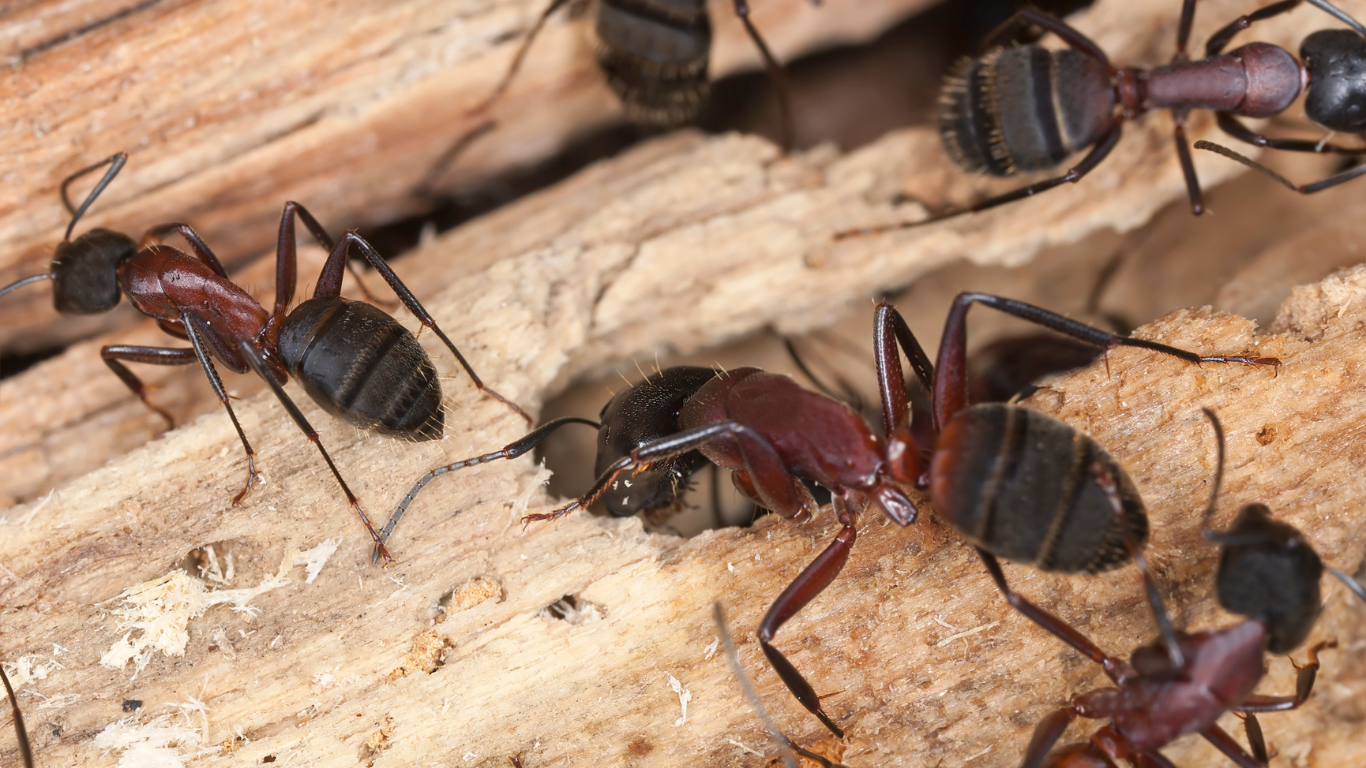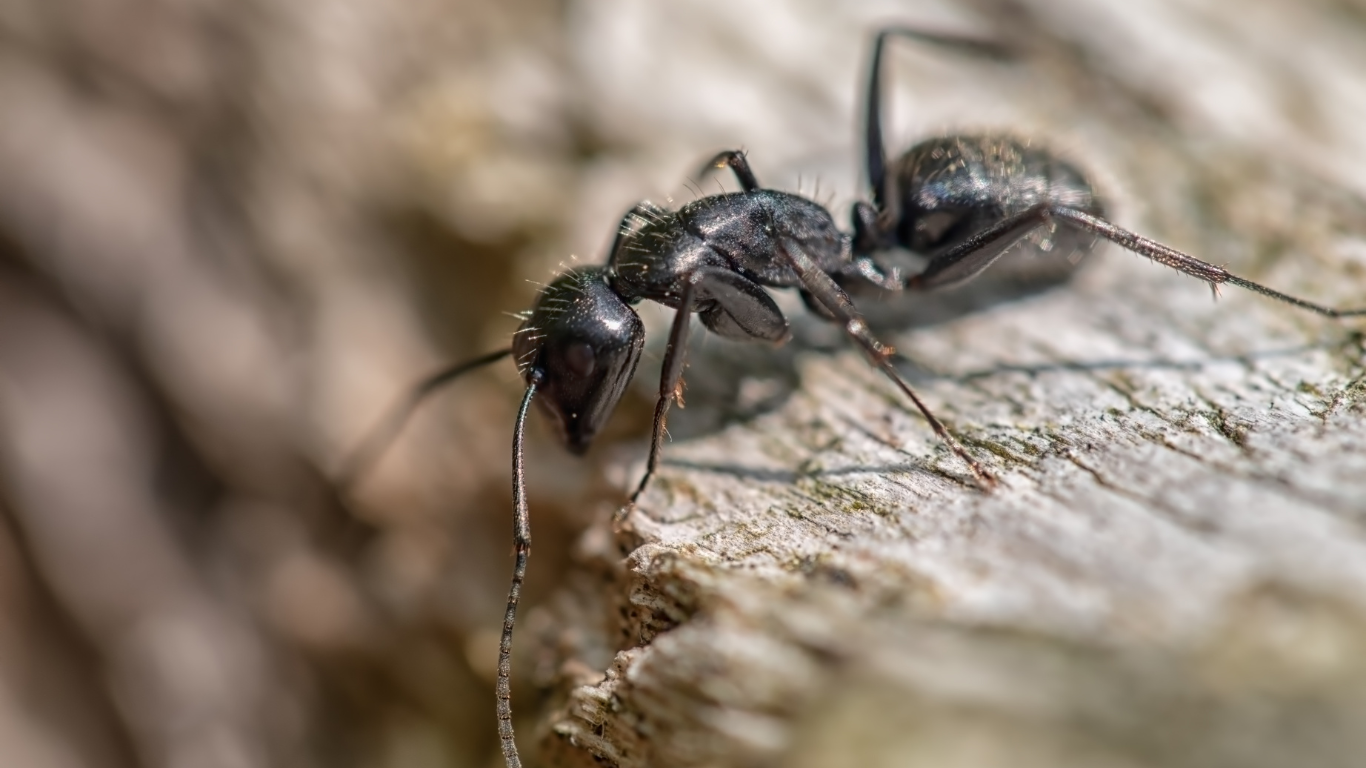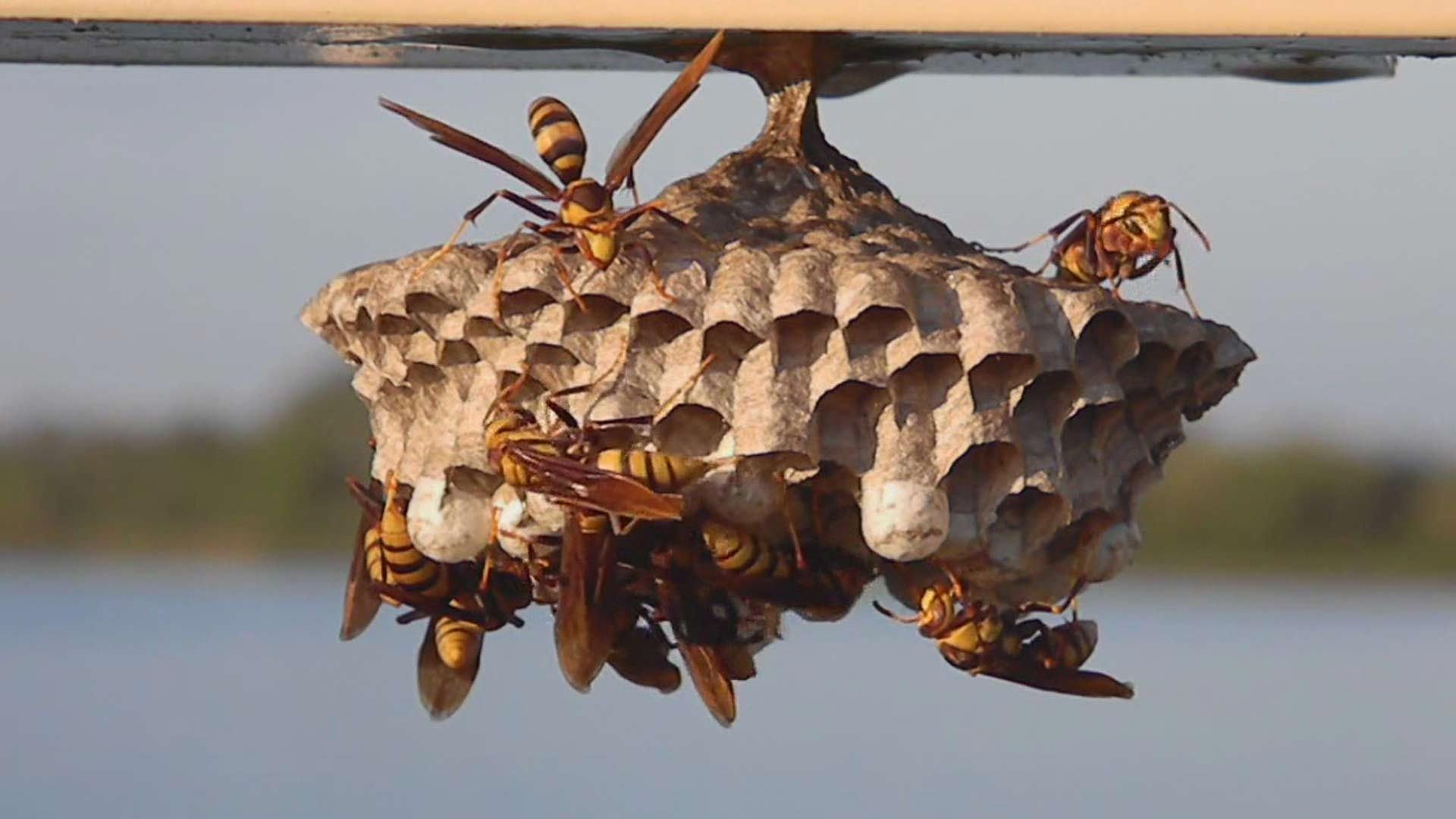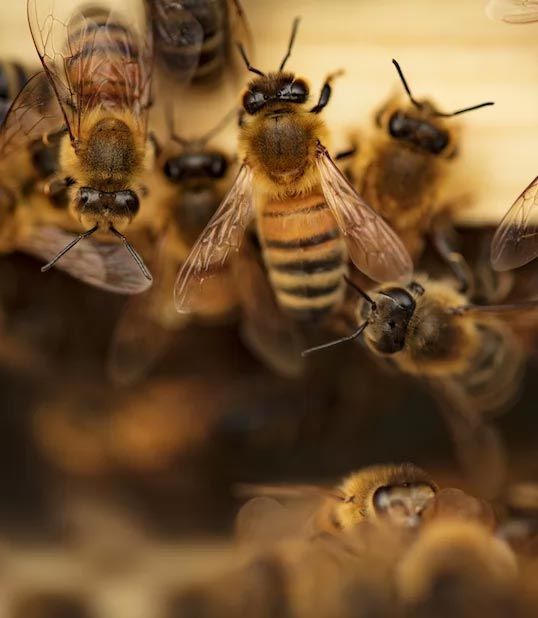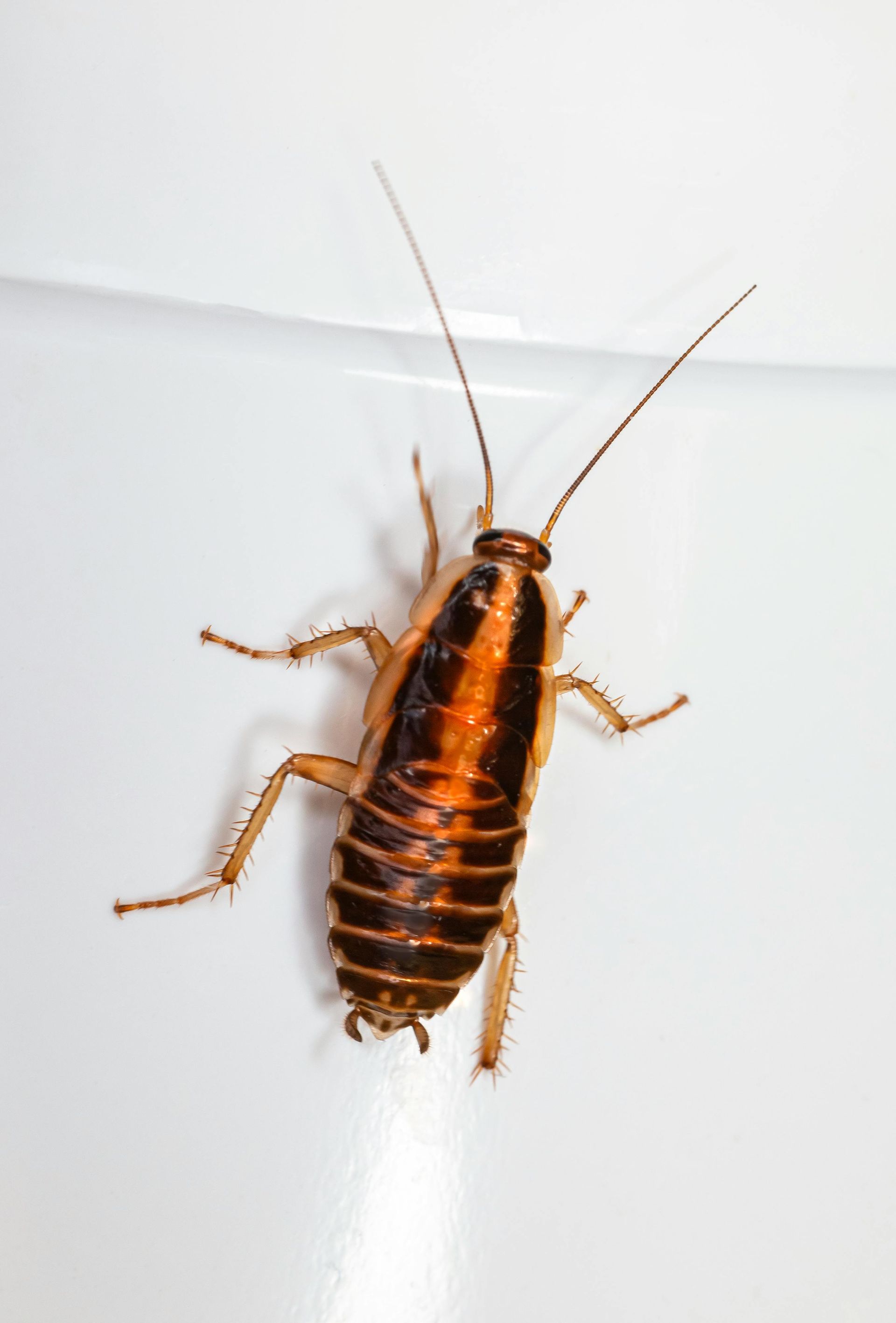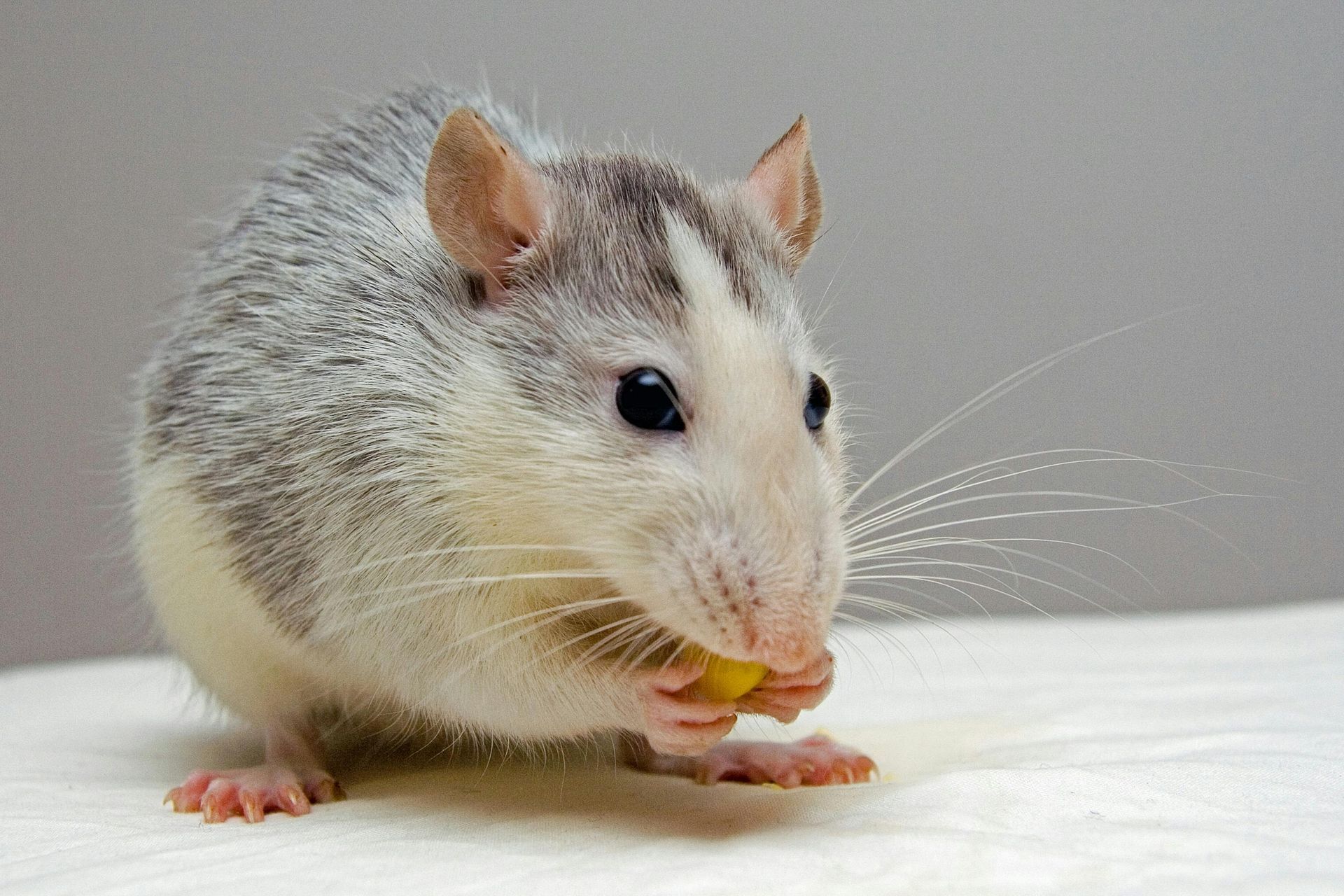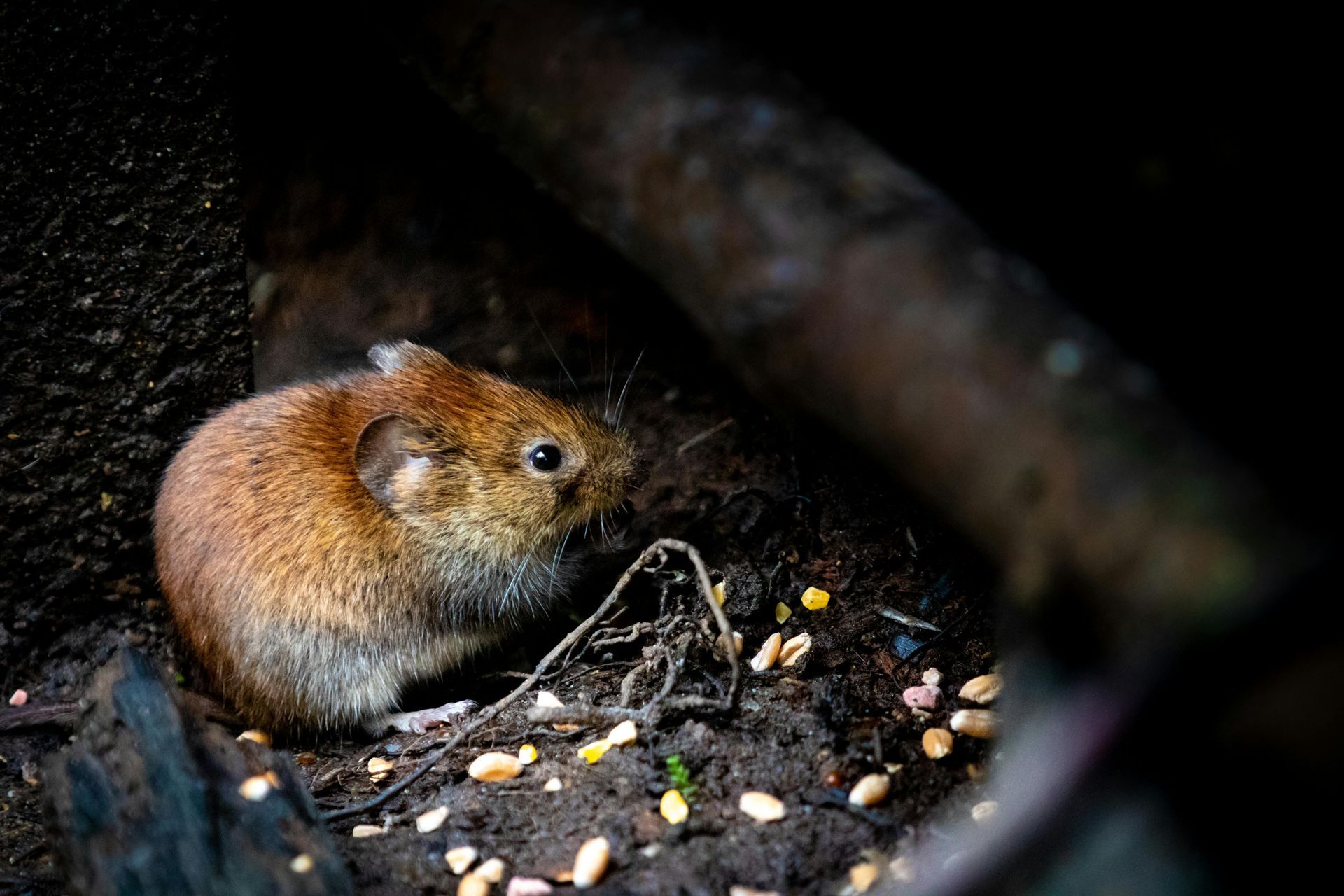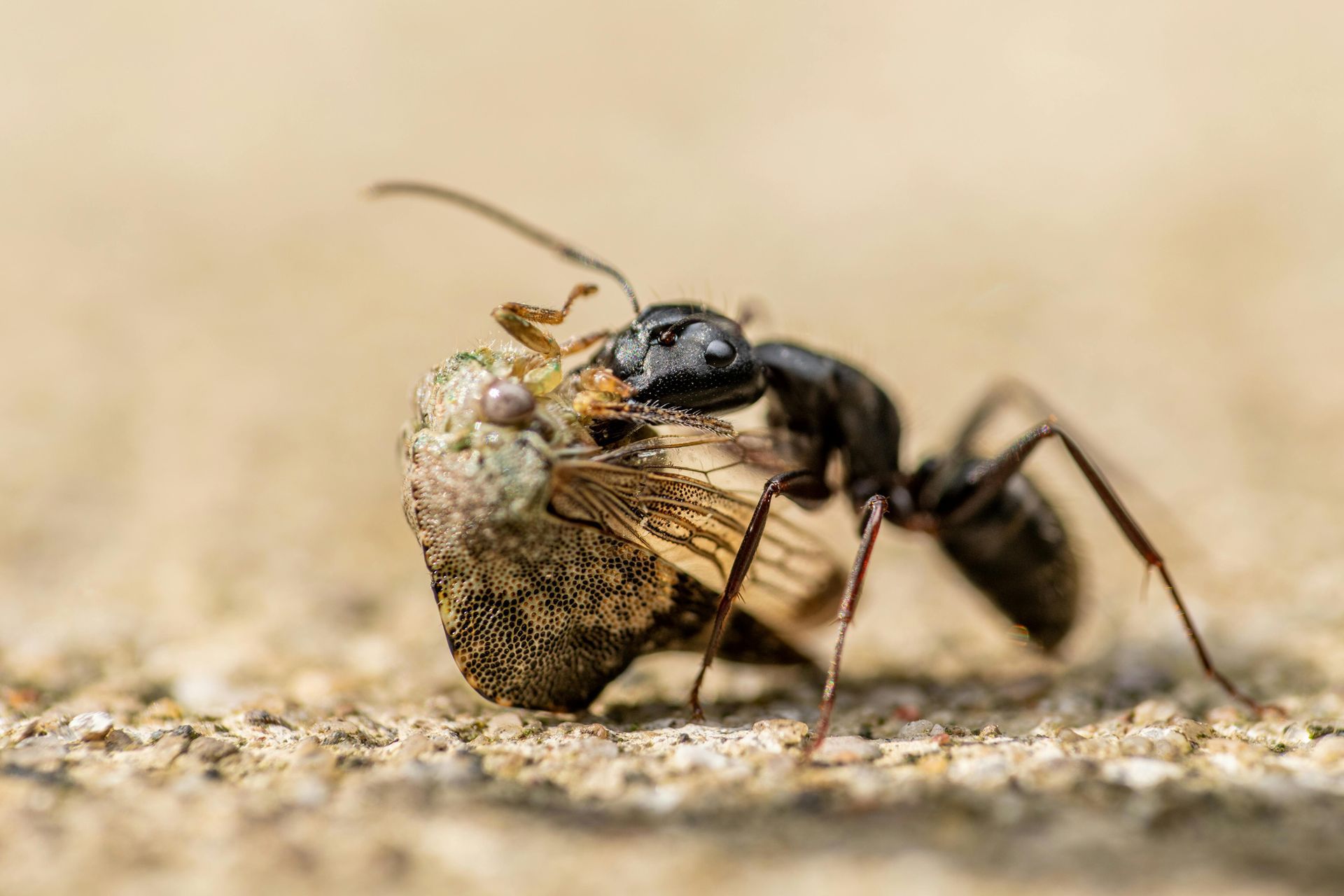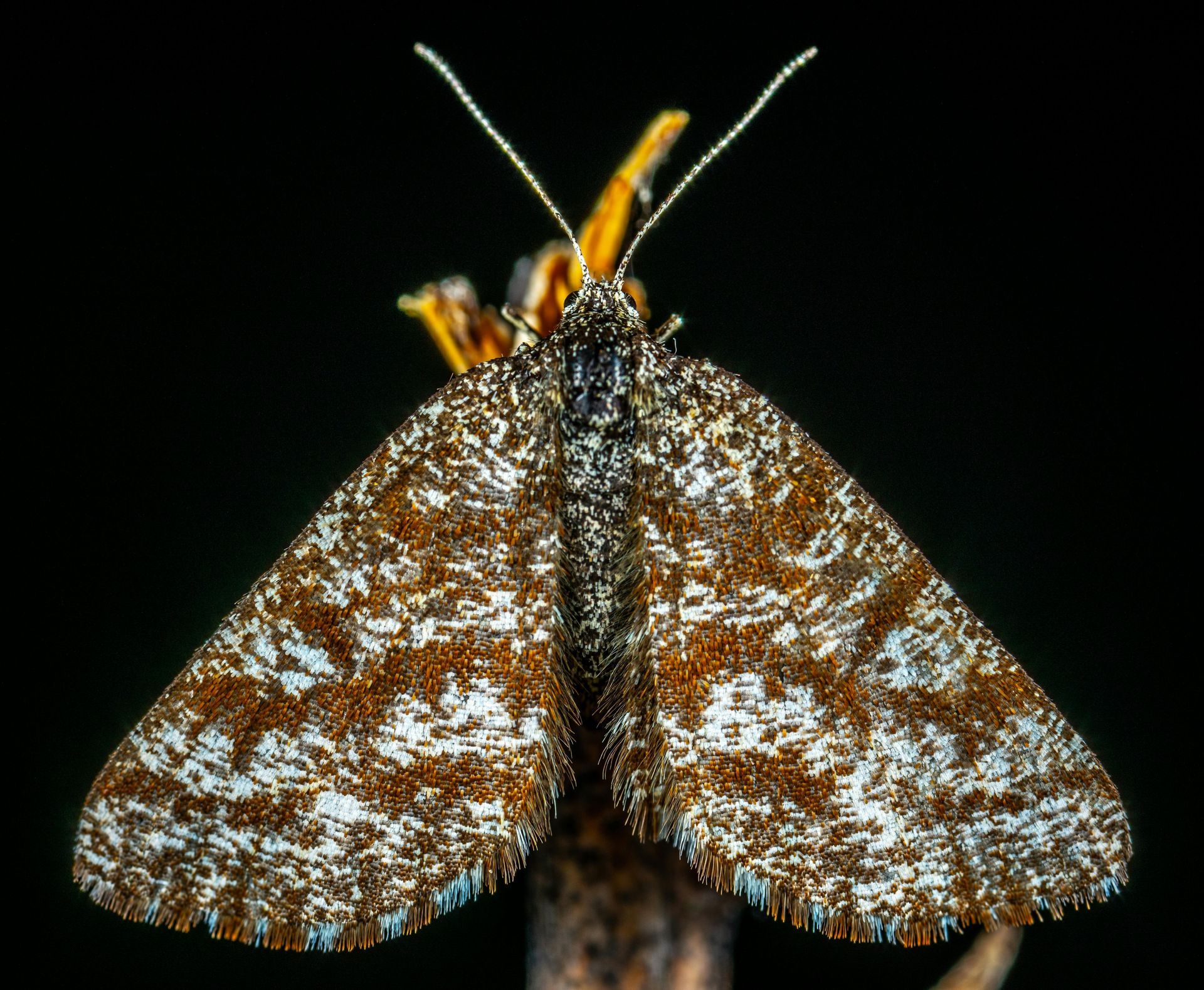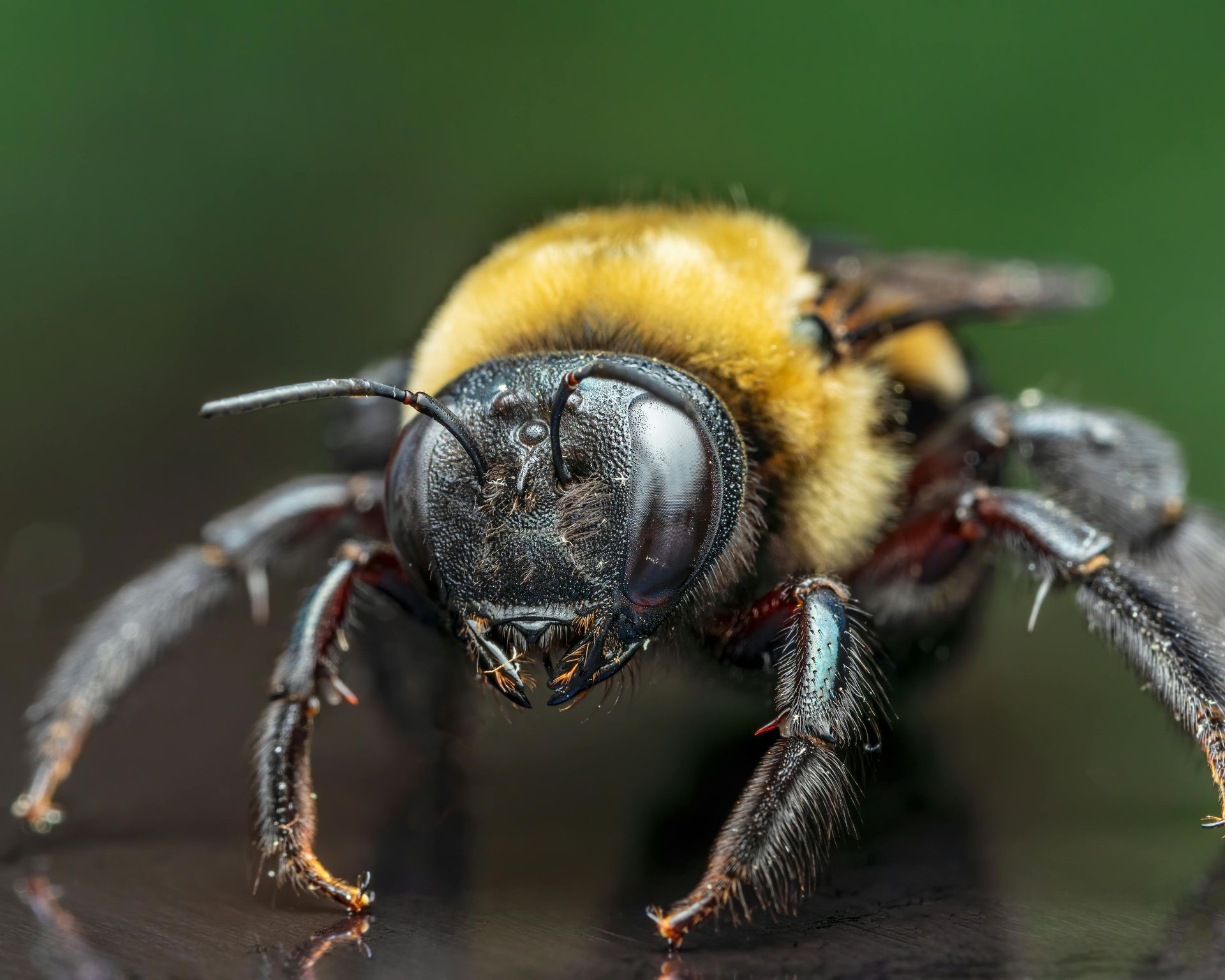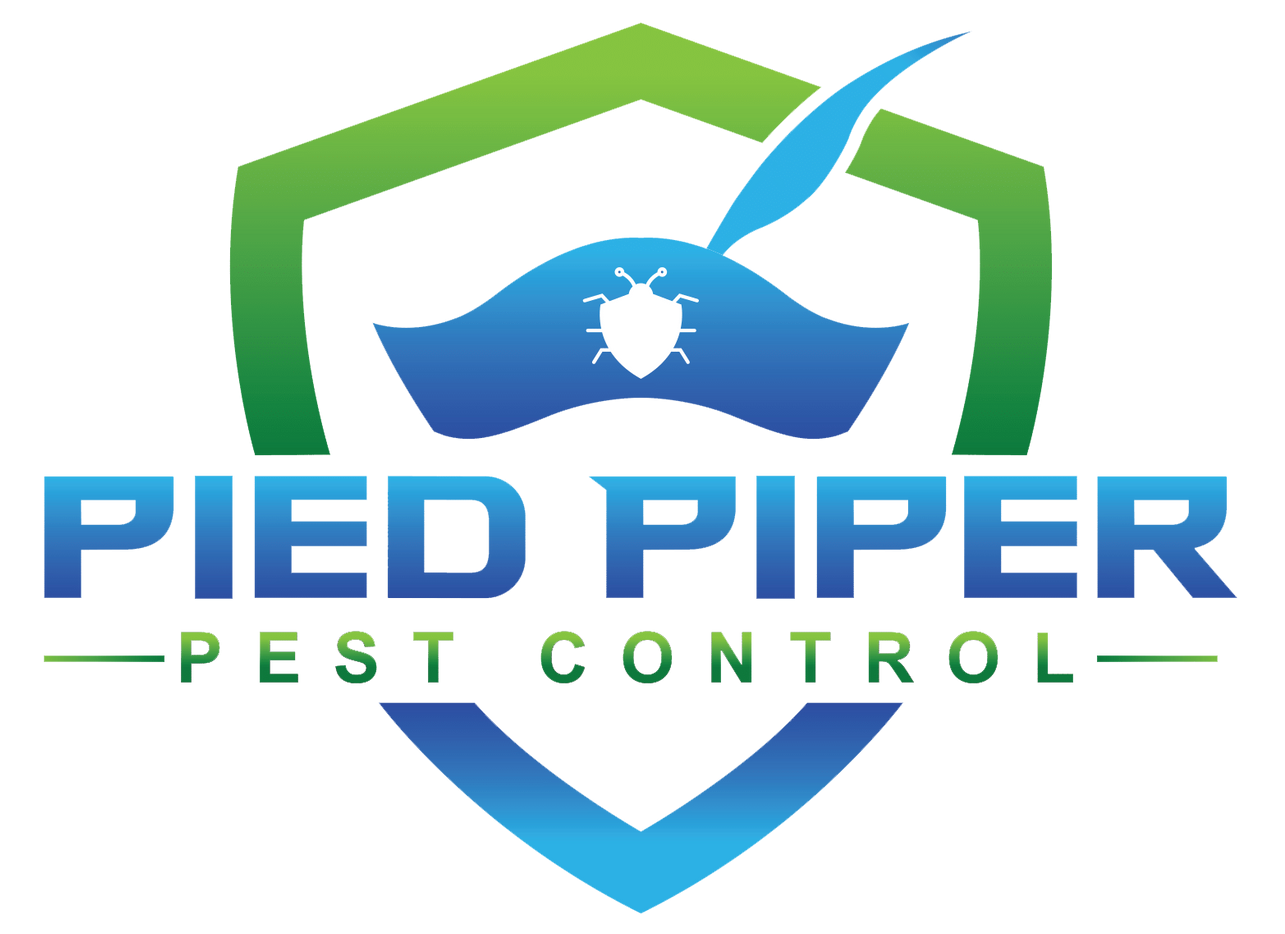How to Get Rid of Mice for Good: Expert Tips from a Mouse Exterminator
Mice may be small, but they can cause big problems. If you’ve ever dealt with a mouse infestation, you know how frustrating and persistent these rodents can be. They invade homes and businesses, chew through wires and furniture, contaminate food, and spread harmful diseases.
Trying to handle a mouse problem on your own can be time-consuming and ineffective. That’s why professional help is often the best solution. At Pied Piper Pest Control, we specialize in mouse extermination and prevention, ensuring your property stays rodent-free.
In this guide, we’ll cover how to identify a mouse infestation, the dangers of ignoring the problem, DIY methods that work (and don’t), and why hiring a professional mouse exterminator is the most effective solution.

How to Identify a Mouse Infestation
Mice are skilled at hiding, making it easy to overlook an infestation until it becomes a major problem. Here are the most common signs that mice have taken up residence in your home or business:
1. Droppings
Mouse droppings are small, dark, and pellet-shaped. You’ll typically find them near food sources, under sinks, inside cabinets, or along baseboards.
2. Gnaw Marks
Mice constantly gnaw to keep their teeth from overgrowing. Look for chew marks on furniture, food packaging, wiring, and even plastic containers.
3. Scratching Noises
If you hear scratching or scurrying sounds in the walls, attic, or under floors, it’s likely that mice are nesting nearby.
4. Nesting Materials
Mice build nests from shredded paper, fabric, and insulation. Finding small piles of these materials in hidden areas indicates an active infestation.
5. Unusual Pet Behavior
Pets often sense mice before humans do. If your cat or dog is fixated on a particular spot, it might be because they hear or smell rodents.
If you notice any of these signs, taking immediate action is crucial to prevent the infestation from growing.
Why Mice Are a Serious Problem
A few mice may not seem like a big deal, but even a small infestation can cause significant damage.
1. Structural Damage
Mice can chew through:
✔ Electrical wires (risking fire hazards)
✔ Drywall and insulation
✔ Wooden beams and furniture
2. Health Risks
Mice carry and transmit dangerous diseases, including:
- Hantavirus – A potentially fatal virus spread through mouse droppings.
- Salmonella – Bacteria that can contaminate food, leading to food poisoning.
- Leptospirosis – A bacterial infection that spreads through mouse urine.
3. Rapid Infestation Growth
Mice reproduce quickly. A single female can produce up to 60 offspring per year, meaning a minor issue can turn into a severe infestation within months.
Ignoring the problem won’t make it go away—it will only get worse. That’s why professional intervention is often necessary.
DIY Mouse Control Methods: What Works and What Doesn’t
Many homeowners attempt to handle a mouse infestation themselves before calling a professional mouse exterminator. While some methods can help temporarily, most fail to address the root cause of the problem.
✅ What Works
✔ Sealing Entry Points – Blocking small gaps around windows, doors, and the foundation can help prevent mice from entering.
✔ Proper Food Storage – Keeping food in airtight containers and cleaning up crumbs reduces attractants.
✔ Decluttering – Removing excess storage and clutter eliminates hiding spots.
❌ What Doesn’t Work
🚫 Traps Alone – Traps can catch a few mice but won’t eliminate an entire infestation. Mice reproduce too quickly for this to be effective long-term.
🚫 Store-Bought Poisons – While poisons may kill some mice, they pose a serious risk to pets and children. They also don’t stop more mice from coming in.
🚫 Ultrasonic Repellents – These devices claim to drive away rodents, but there’s little scientific evidence proving they work.
While DIY methods may offer temporary relief, they rarely eliminate the problem completely. For a lasting solution, hiring a professional mouse exterminator is the best choice.
How Professional Mouse Exterminators Get Rid of Mice
At Pied Piper Pest Control, we take a comprehensive approach to mouse extermination that ensures long-term results. Here’s how our process works:
1. Inspection & Assessment
We conduct a thorough inspection to locate nests, entry points, and food sources. Understanding the extent of the infestation is crucial for effective treatment.
2. Customized Treatment Plans
Every property is different, so we design a tailored extermination plan based on your specific infestation level and home layout.
3. Safe & Humane Extermination
We use industry-leading methods that are:
✔ Highly effective
✔ Safe for families and pets
✔ Environmentally responsible
4. Prevention & Monitoring
After removal, we take steps to prevent future infestations, including:
- Sealing all entry points
- Providing ongoing monitoring to ensure mice don’t return
For long-term protection, our team offers regular pest control maintenance to keep your property safe.
How to Prevent Mice from Coming Back
Once mice are gone, preventing a re-infestation is essential. Here’s how to keep them out for good:
✔
Seal Entry Points – Close any gaps or cracks in walls, floors, and around pipes.
✔
Store Food Properly – Keep food in sealed containers and avoid leaving pet food out overnight.
✔
Eliminate Clutter – Reduce hiding spots by keeping your home tidy.
✔
Regular Inspections – Schedule routine pest control checks to catch potential issues early.
If you want guaranteed results, consider Pied Piper Pest Control’s professional prevention services.
Why Choose Pied Piper Pest Control?
When you need a mouse exterminator, choosing the right pest control company makes all the difference. Here’s why Pied Piper Pest Control is the best choice:
✔
Expertise & Experience – We specialize in rodent control with years of proven success.
✔
Safe & Eco-Friendly Solutions – Our treatments are effective yet safe for children and pets.
✔
Fast & Reliable Service – We respond quickly to urgent infestations.
✔
Long-Term Prevention – We don’t just remove mice—we ensure they
don’t come back.
With service locations across Long Island, we’re ready to help homeowners and businesses eliminate their mouse problems for good.
Conclusion: Take Control of Your Home Today
Mice infestations can be frustrating, dangerous, and costly. Don’t let them take over your home or business.
The most effective way to get rid of mice permanently is to hire a professional mouse exterminator like Pied Piper Pest Control.
✔
Fast & Effective Mouse Removal
✔
Safe & Humane Treatments
✔
Long-Term Prevention Strategies
📞 Call us today at (516) 544-6702 or request a free inspection online.
Get peace of mind knowing your property is rodent-free—for good!


